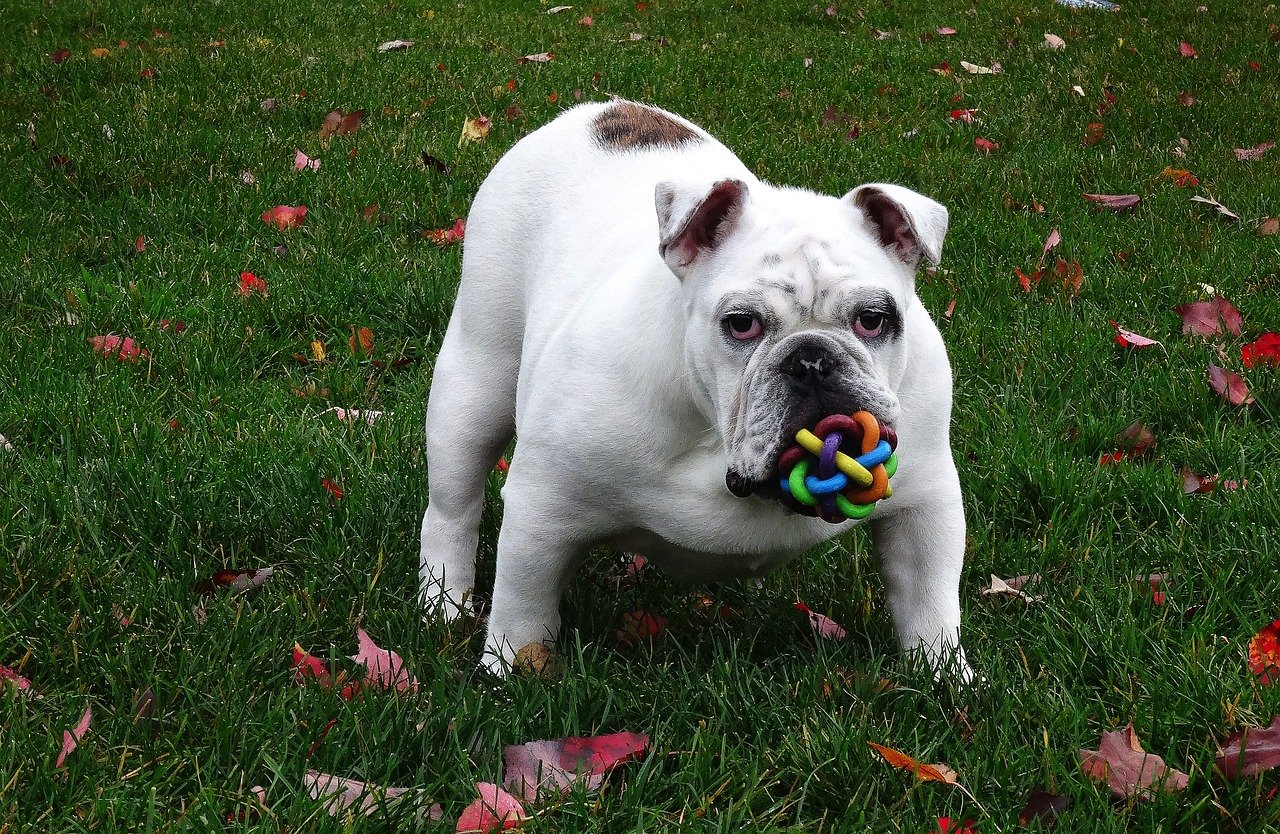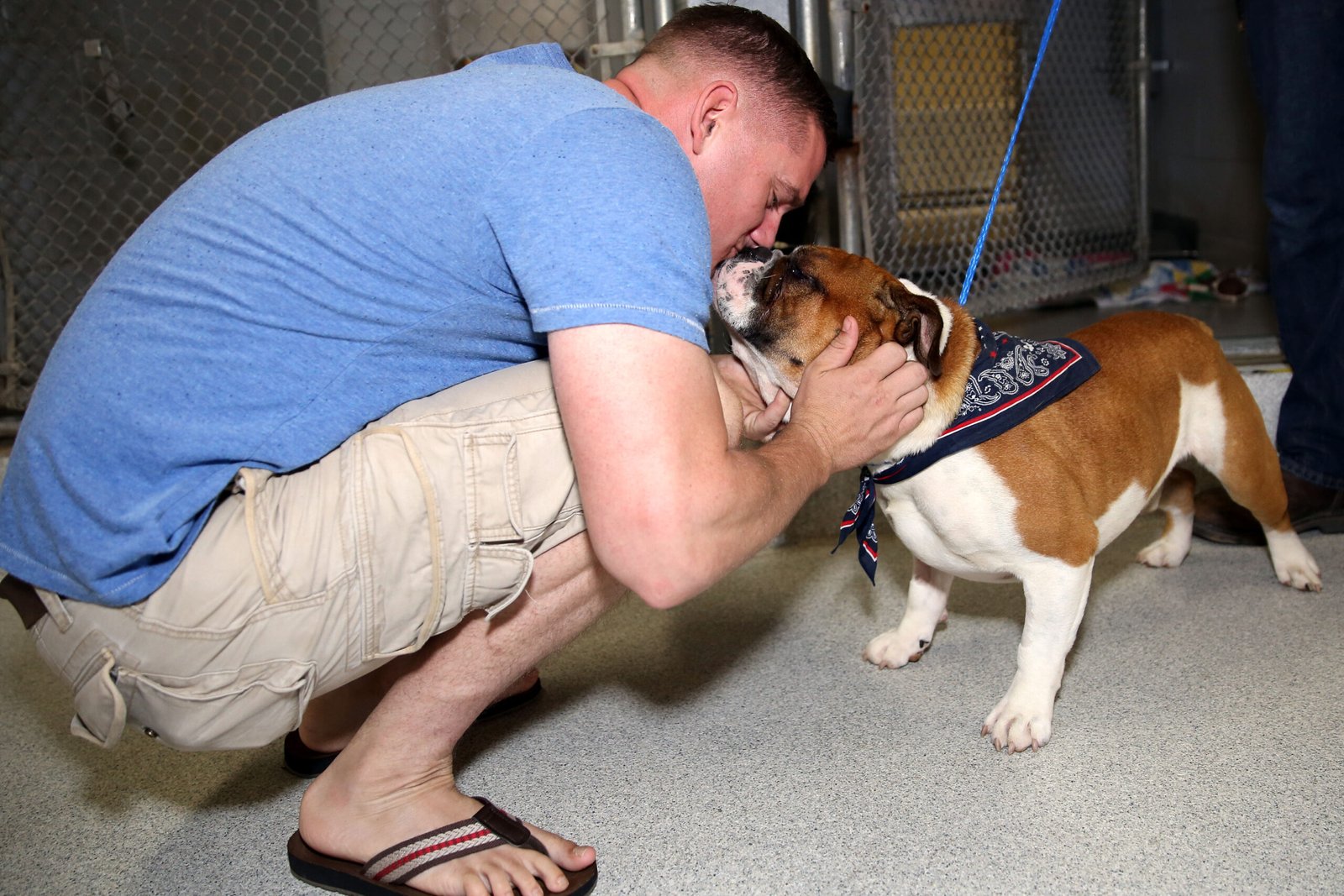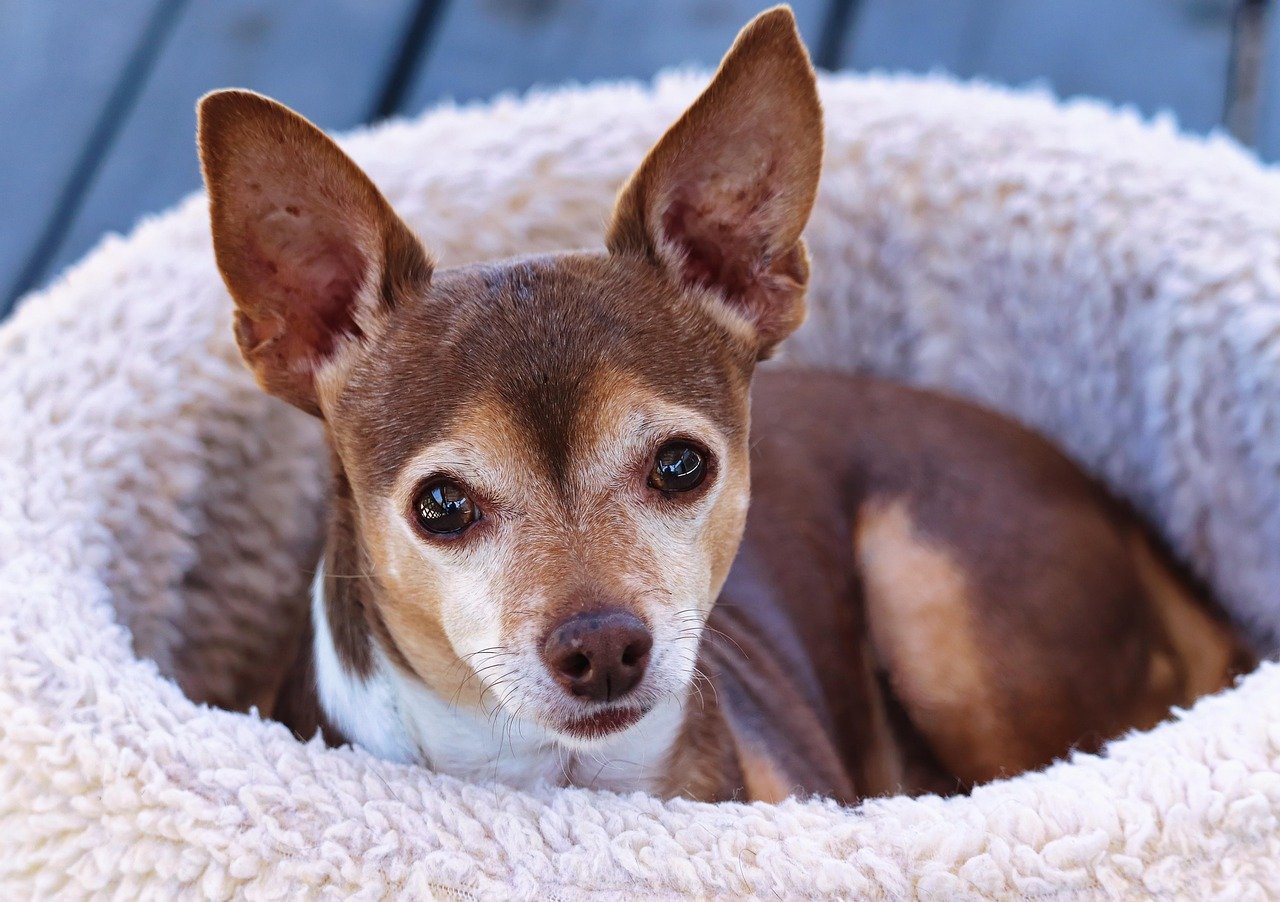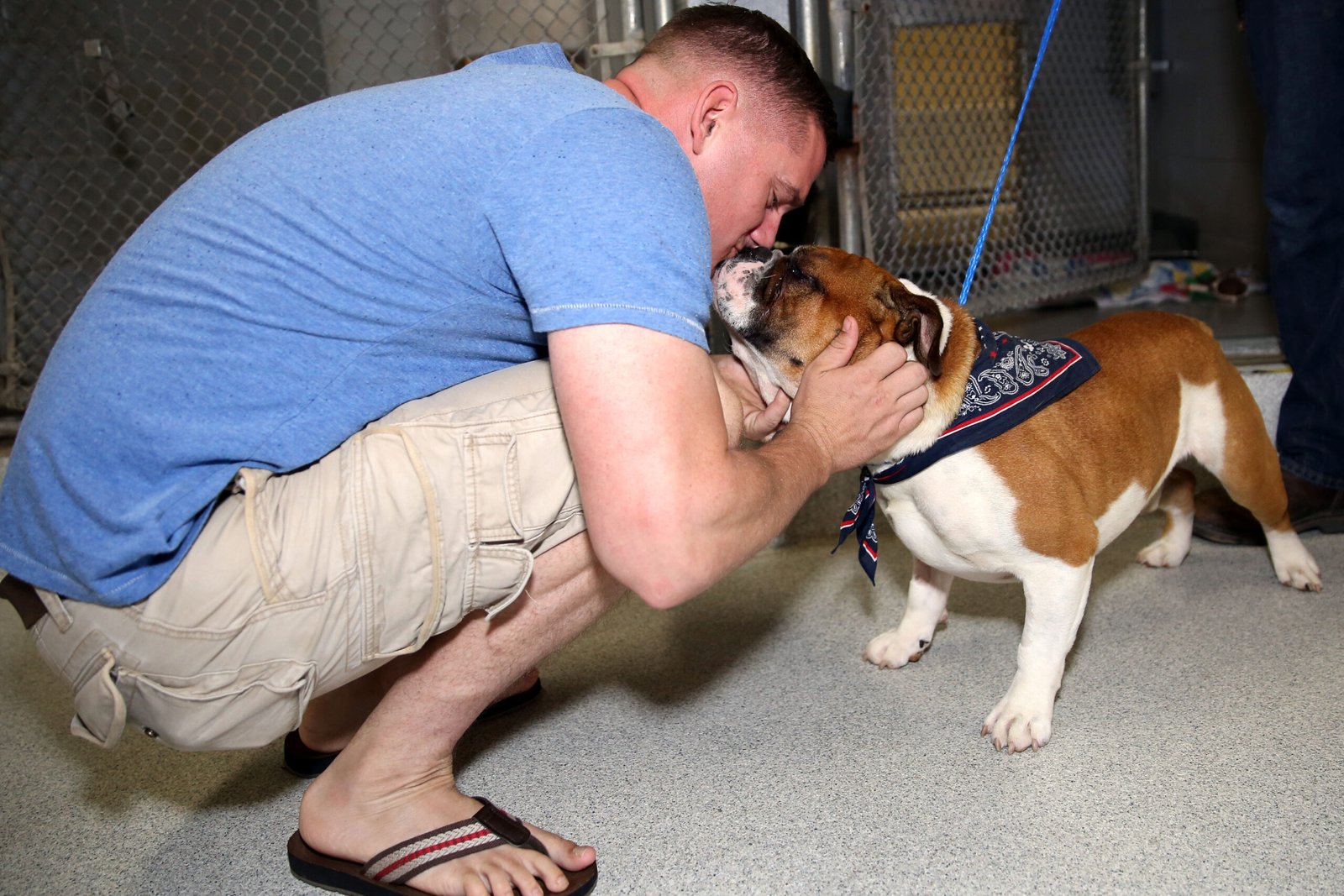Have you ever looked down at your dog’s big, trusting eyes and wondered what kind of world you’re leaving for them? The truth is, our furry companions have a larger impact on the environment than most of us realize. From their food bowls to their favorite squeaky toys, dogs leave an “eco-pawprint” that can quietly add up. But here’s the inspiring part: with a few simple changes, dog lovers everywhere can make a real difference for the planet—without sacrificing fun, comfort, or those wagging tails we adore. Ready to discover how your best friend can become an eco-hero? Let’s dive in!
Choosing Sustainable Dog Food

Dog food production takes a surprising toll on the environment, especially when it’s packed with resource-heavy meats and wrapped in layers of plastic. Switching to dog foods made from responsibly sourced ingredients or plant-based proteins can help shrink your pup’s carbon pawprint. Some brands now use insect protein—yes, really!—which is high in nutrients but needs much less land and water to produce. If you’re feeling adventurous, try making homemade meals with vet guidance, using local produce and lean meats. Don’t forget about packaging: look for recyclable bags or even bulk bins at specialty stores. Every bite counts, and your dog won’t notice the difference—except maybe for some extra tail wags at mealtime.
Eco-Friendly Dog Toys and Accessories

Most plastic toys end up in landfills where they won’t break down for centuries. Instead, opt for toys made from natural rubber, hemp, or recycled materials. These safer, more sustainable options can often last longer and are less likely to shed harmful microplastics. Collars and leashes made from organic cotton or bamboo are another smart swap, combining durability with earth-friendliness. Many small businesses handcraft unique toys and accessories, so you can support local makers while going green. If your dog has a favorite old toy, try repairing it before tossing it out. Upcycling and choosing quality over quantity is a win for your pet—and for the planet.
Reducing Waste: Poop Bags and Beyond
Picking up after your dog isn’t just polite—it’s necessary for community health. But traditional plastic bags create mountains of waste. Compostable poop bags made from cornstarch or other plant materials break down much faster and won’t stick around for generations. Just remember, most compostable bags need access to industrial composting facilities to really break down, so check what’s available in your area. Some dog owners use a dedicated pet waste composter in their backyard, turning messes into usable fertilizer for non-edible plants. Every bag you save is a small act of kindness for Mother Earth.
Water Conservation for Bath Time and Play

It’s easy to forget how much water goes down the drain during bath time or after a muddy romp. Shortening baths, using water-saving nozzles, and only washing when necessary can make a big difference. Choose shampoos that are biodegradable and free from harsh chemicals, so the runoff won’t harm local waterways. When it comes to outdoor play, try collecting rainwater for rinsing muddy paws or filling up the water bowl. Even small habits—like turning off the tap between rinses—add up over time, especially if you have a water-loving breed that treats every puddle like a playground.
Adopting, Not Shopping

Every year, millions of wonderful dogs wait in shelters for a loving home. By adopting instead of buying from breeders or pet stores, you’re helping to reduce the demand for mass breeding operations, which can be resource-intensive and sometimes unethical. Shelters are full of dogs of every age, size, and personality—there’s a perfect match for everyone. Plus, adoption fees often support shelter work, including rescue missions and spay/neuter programs. Giving a second chance to a shelter dog is a powerful statement: compassion for animals and the planet go hand in paw.
Supporting Local and Sustainable Brands
Big pet retailers may offer convenience, but shopping locally supports smaller businesses that often use greener practices. Farmers’ markets and neighborhood pet boutiques usually carry products made in small batches, with eco-friendly materials or packaging. You can also find treats made from local ingredients, handmade collars, and natural grooming products. Supporting these businesses keeps money in your community and reduces the carbon emissions linked to shipping goods long distances. It’s a simple way to make your pet’s lifestyle more sustainable—and you might discover some truly unique finds along the way.
Eco-Conscious Grooming and Cleaning

Grooming isn’t just about keeping your dog looking adorable; it’s also a chance to make more sustainable choices. Swap out disposable wipes for washable cloths and use grooming tools made from bamboo or recycled plastic. When it comes to cleaning up after your pup (think spilled kibble or muddy paw prints), stick to natural cleaners without harsh chemicals. These are safer for your dog’s sensitive nose and paws, and they won’t pollute the environment. A few drops of vinegar, some baking soda, and a little elbow grease can tackle most messes—no need for a cabinet full of single-use sprays.
Making Their Rest Green: Sustainable Dog Beds

Traditional dog beds often use synthetic fillings and fabrics that don’t break down easily. Instead, look for beds made with organic cotton, recycled polyester, or even upcycled denim. Some companies offer refillable beds, so you can replace the stuffing without tossing the whole thing. If you’re handy, try making your own from old blankets and clothes—it’s a cozy, personalized option that gives new life to forgotten textiles. Not only will your pup love their comfy new spot, but you’ll also sleep better knowing you made a planet-friendly choice for their downtime.
Jen is a passionate nature lover and ocean conservationist. She has dedicated her life to protecting the environment and preserving the beauty of the natural world. Growing up in a small coastal town, Jen sincerely appreciated the ocean and its inhabitants. She has spent countless hours exploring the shoreline, learning about the creatures that inhabit the waters, and advocating for their protection. Jen is an active member of ocean conservation organizations, and she is committed to educating the public about the importance of conserving wildlife and the natural environment.






